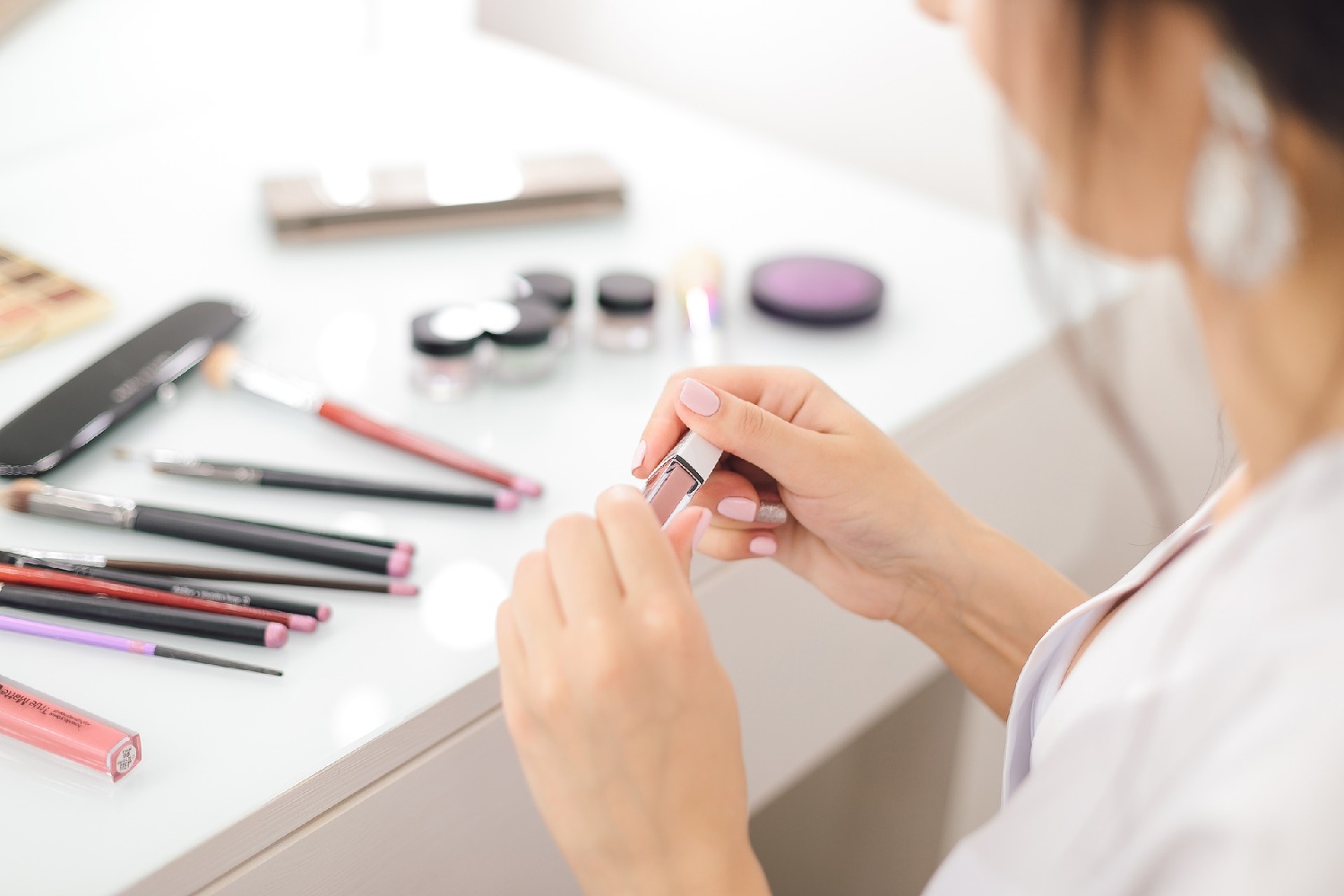This question is being asked increasingly by more and more people since Non-Governmental Organisations (NGOs) and activists have brought attention to this ethical issue. So what is the truth behind animal testing on cosmetics?

Picture source: pixabay.com
Animals being used for testing and experiments is a notion that has been around from as early as circa 500 BC [1]. As our brains evolve so does our curiosity about the world and how it functions, and unfortunately for that reason, millions of animals are slaughtered every year. It comes with no surprise that the beauty industry is a huge part of this cruel process, throughout history, almost all chemical substances have been tested on animals. Whilst some parts of the world have become more cautious about this practice, animal testing is still very much active and keeps being a major ethical issue, especially amongst the environmental and vegan communities.
So if I buy a beauty product and there is no specification whether it has been tested on animals or not, how do I know if it’s cruelty-free? Well, firstly, it largely depends on where you are…
In the EU, the cosmetics regulation was set to provide a structure for phasing out animal testing for beauty products. ”The message was clear: No animal deserves to suffer and be killed for the sake of lipstick or toothpaste” [2]. The testing ban on finished cosmetic products was put in action in September 2004, while the testing ban on ingredients was applied in March 2009. The marketing ban was put forth in March 2013 [3].

Picture source: pixabay.com
”The message of the EU was clear: No animal deserves to suffer and be killed for the sake of lipstick or toothpaste.”
To answer the question, if you are buying your beauty care product in the EU, not ordering it from some other continent, testing cosmetics on animals and selling cosmetics tested on animals has been banned since 2013 [3]. Hence, most probably your product has not been tested on animals.
Why most probably? As nice as it might be, unfortunately a loophole remains: under the EU’s flagship chemicals regulation, REACH (Registration, Evaluation, Authorisation and Restriction of Chemicals regulation), safety certification of certain cosmetic ingredients still requires that these chemicals are tested on animals [2]. Activists, industry and policymakers now want to close that gap and move away from animal testing entirely [4]. However, according to the cosmetic regulation EC 1223, there can be some exceptions if, for example, the substance is in wide use and there are no alternatives and in this case testing on animals could be allowed.
Another detail that’s important to mention is that a large amount of ingredients were tested on animals in the past. This means that if a label states that the product is cruelty-free, what it means is that the product itself wasn’t tested on animals but the individual ingredients might have been tested at some point in the past. For example, different types of essential oils such as lavender, rosemary, eucalyptus, citronella and even simple ingredients such as shea butter have been previously tested.
And what if I am in other parts of the world?
If you find yourself in China or order products from China, it is, unfortunately, highly likely that your cosmetic products have been tested on animals. The Chinese regulation used to follow a simple rule: if you want to sell beauty products in the country, they are first required to be tested on animals. This procedure, of course, made it very difficult for cosmetic companies, as they had to choose between fulfilling their cruelty-free values or making huge profits around China.

Picture source: pixabay.com
“They had to choose between fulfilling their cruelty-free values or making huge profits around China.”
Many brands chose to fight the good fight, while big brands like L’Occitane or Yves Rocher went for the financial prospect.. no surprise there. In May 2021, China updated their animal testing laws, and while there wasn’t a testing ban put in place, some cosmetic products are spared from their animal testing requirements [5].
In the United States, it varies. The country stands between not yet banning animal testing and not having it mandatory to test beauty products on animals. Brands can choose themselves which route they want to take. Some states as, for example, California, Hawaii, have banned animal testing all together [6].
Why should I choose animal cruelty-free products?
The practice of animal testing is cruel, avoidable and has several limitations. Animals can have a different reaction to a certain chemical than humans. This means that results from animal testing can innacuretly assess the hazard to humans.

Picture source: pixabay.com
“The practice of animal testing is cruel, avoidable and has several limitations.”
There are already thousands of ingredients that companies can choose from, which have been safely used for years and do not require any more testing. If a new ingredient needs to be tested, there are now much more modern techniques. For example, instead of testing on actual animal skin, it is now possible to test on synthetic skin.
Sophisticated computer models also already exist and these can either simulate body reactions on substances, or like the QSAR method, estimate a potential toxic hazard of a molecule based on its chemical structure. You can read more about QSAR in this article. These approaches are faster, less expensive, more accurate and effective and don’t cause animal suffering [6].


0 Comments